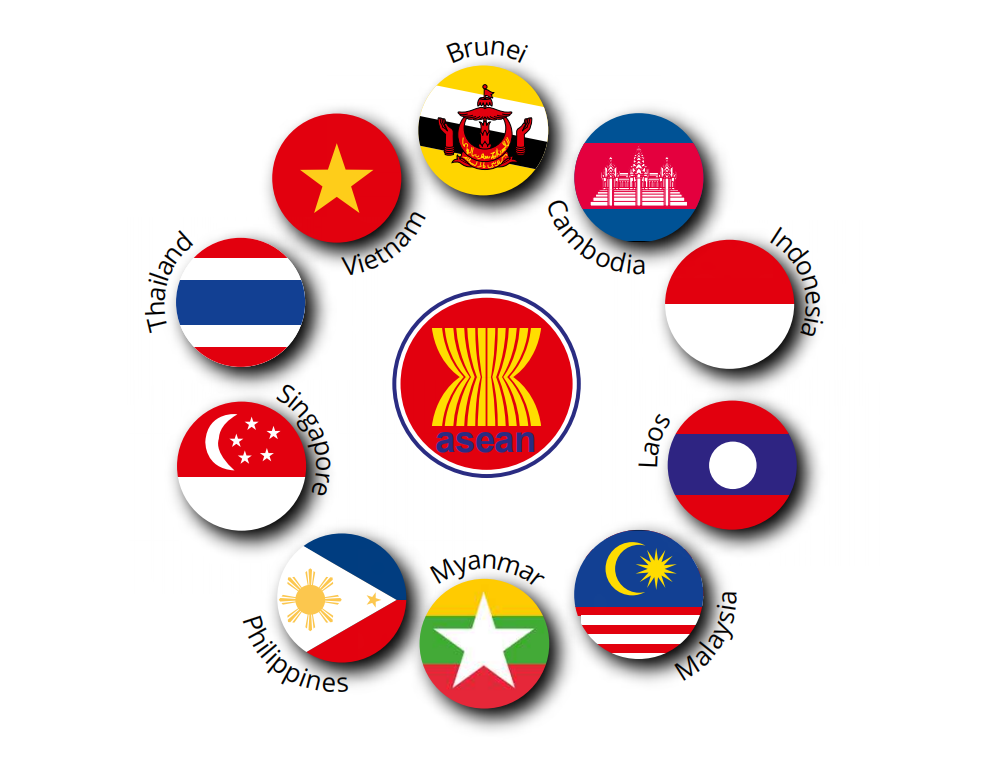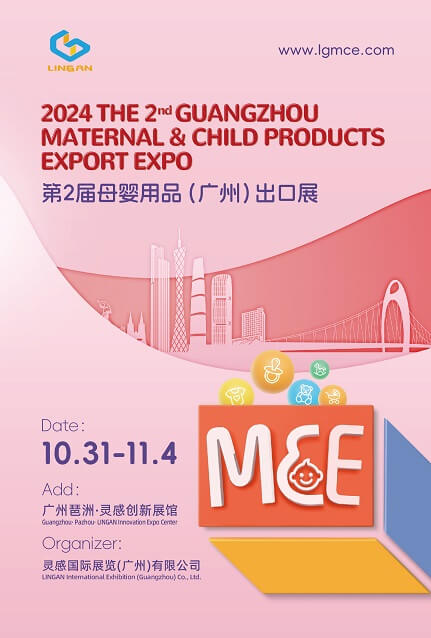Breaking into the ASEAN Consumer Market: Latest Developments and Trends in Baby Products
Despite declining birth rates, the baby products market in Malaysia, Indonesia, and Thailand has continued to thrive over recent years. The unique economic, social, and demographic structures of ASEAN countries present significant opportunities for baby product businesses.

Market Demand and Growth Drivers
1) Youthful Population Boosts Sales of Baby and Maternity Products
The relatively young population in most ASEAN countries is a major factor driving the demand for baby products. While countries like Singapore and Thailand are experiencing aging populations, other areas in the region have much younger demographics. Additionally, higher birth rates in ASEAN countries fuel demand for baby products. For instance, in 2016, Malaysia had 17 births per 1,000 people, Indonesia had 19, and Thailand had 10. In contrast, many developed Asian economies had single-digit birth rates, such as Japan and Hong Kong with 8, and Singapore with 9.
2) Urbanization Creates New Opportunities
Rapid urbanization in countries like Indonesia and Thailand brings both challenges and opportunities. As urban living increases daily expenses and busy lifestyles, it also opens up new avenues for baby product businesses. The demand for convenience is rising, with products like baby wipes becoming increasingly popular.
3) Rising Health Awareness Drives Demand for Natural Products
Southeast Asian consumers are more conscious about baby health and nutrition, often influenced by government initiatives promoting healthier lifestyles. This has led to a surge in demand for natural and organic baby products, such as hypoallergenic skincare and chemical-free bath products.
4) Professional Women Seek High-Quality Products
With the rapid economic development in ASEAN countries, more women are entering the workforce, especially in places like Singapore and Thailand. These women, who have greater control over their incomes, are willing to invest more in high-quality maternity and baby products. They prefer stylish and comfortable maternity wear and premium baby products that ensure their children’s health and comfort.
Trends in ASEAN Baby Products
1) Price and Quality Matter
Rising incomes and living standards in ASEAN countries drive the demand for higher-quality products. Consumers are willing to pay a premium for trusted brands, although they still look for value during sales and promotions. Hygiene and safety are paramount considerations, especially when choosing baby products.
2) Parents Prioritize Children’s Health
Millennial parents, influenced by social media, are keen on ensuring their children lead healthy lives. They prefer baby products with fewer chemicals and organic ingredients. This trend is evident in the popularity of products like Johnson’s Milk + Oats Bath and local organic brands in ASEAN.
3) Growing Interest in Baby Tech
Technology for babies, including wearable monitors and smart devices, is becoming increasingly popular. These products help parents monitor their baby’s health and activities remotely, appealing to working parents in the region.
4) Opportunities in Breastfeeding Products
There is a growing market for breastfeeding products as more women continue to work after childbirth. Products like nursing bras, breast pumps, and milk storage solutions are in demand, providing opportunities for innovation and business growth.
The ASEAN baby products market offers numerous opportunities for businesses to introduce innovative products and services that cater to the evolving needs of modern parents. With the right strategies, companies can capitalize on this growing market and establish a strong presence in the region.
Source: HKTDC
For more information, please contact us.


